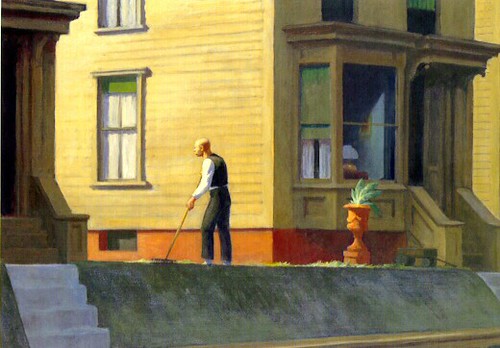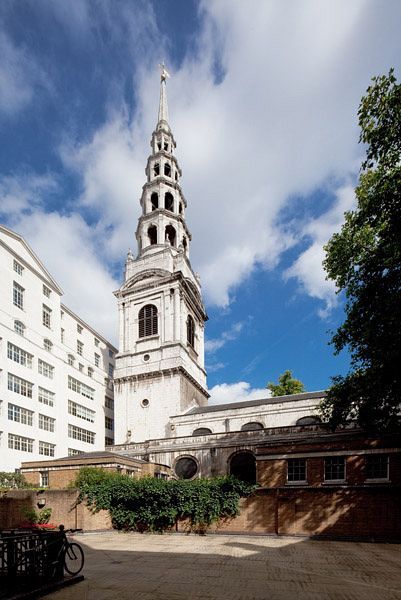
Edward Hopper’s Pennsylvania Coal Town
The patch town isn’t specified. It could
be one of many, like the nondescript
dwellings—all identical—of wood,
their little plots well-tended, borders clipped.
I spot a hobnail milk glass table lamp,
lace curtains, pictures on the parlor wall.
This relic of a former mining camp,
is mapped far from my home in Montreal.
Sunlight strikes a terra cotta urn
from which there sprouts a weather-beaten fern.
A man—the owner? renter?—takes a break
and looks at something far beyond my gaze.
The shadowed cart, the stationary rake
are faintly reminiscent of Millet’s
L’Angélus. But this man doesn’t bow
his head in prayer. He’s simply tired and hot.
Perhaps he’ll take a rag and wipe his brow,
resume his work without a second thought.
Or maybe, having had enough, undone,
he’ll curse the clapboard baking in the sun.
Fast forward fifty years. The man is dead.
Black diamonds blasted from the Northern Field
of ridge-and-valley Appalachia fed
our furnaces. All adits have been sealed.
Abandoned breakers loom above the town
that’s been declared the fourth worst place to live
in Pennsylvania. Life is tumbledown.
But this I know is true: that I would give
my eyeteeth for the chance to tell the man
in Hopper’s painting, Love it while you can.

